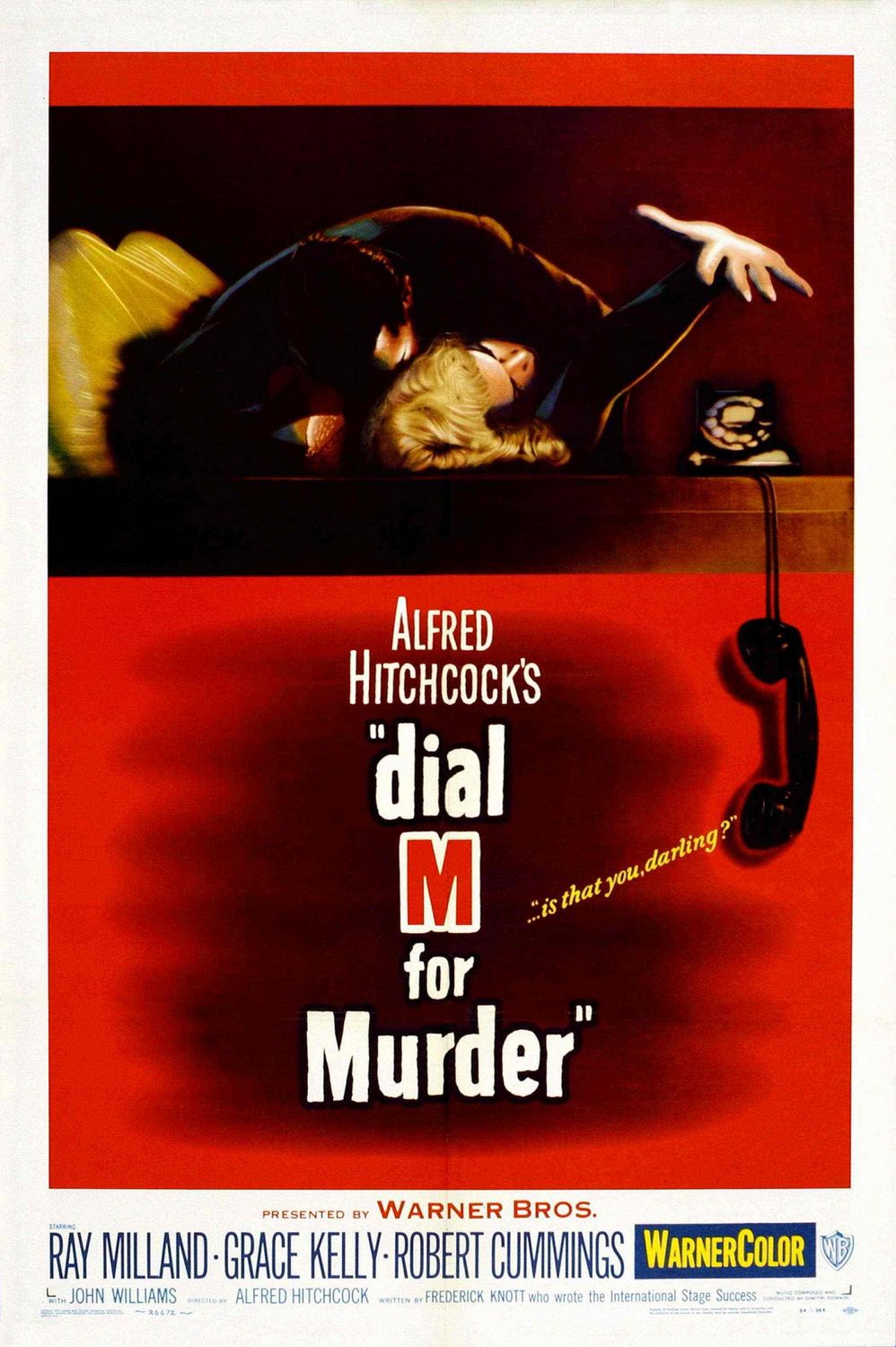 |
| Cary Grant and Grace Kelly in To Catch a Thief |
Frances Stevens: Grace Kelly
Jessie Stevens: Jessie Royce Landis
H.H. Hughson: John Williams
Danielle Foussard: Brigitte Auber
Bertani: Charles Vanel
Foussard: Jean Martinelli
Germaine: Georgette Anys
Director: Alfred Hitchcock
Screenplay: John Michael Hayes
Based on a novel by David Dodge
Cinematography: Robert Burks
Costume design: Edith Head
To Catch a Thief was the third film in a row for Alfred Hitchcock and Grace Kelly, and it reteamed the director with such valuable coworkers as screenwriter John Michael Hayes and cinematographer Robert Burks, not to mention Cary Grant, with whom Hitchcock hadn't worked since Notorious (1946). All the talent in the world seemed to be there. And yet is it just because it comes after such a masterwork as Rear Window (1954) that To Catch a Thief seems so lightweight and unmemorable? Preparing to watch it again for the umpteenth time, I found that I didn't remember much about the movie other than the spectacular Riviera scenery, the orgasmic fireworks scene, and Kelly in the gold lamé dress. The plot was something about a jewel thief, wasn't it, with Grant in one of the "wrong man" plights so prevalent in Hitchcock? So it was, and while it all works like a well-oiled machine, I sense a flagging of inspiration, especially in the scene in which Jessie snuffs out her cigarette in a fried egg, which is a gag Hitchcock used 15 years earlier in Rebecca.
Watched on Showtime
